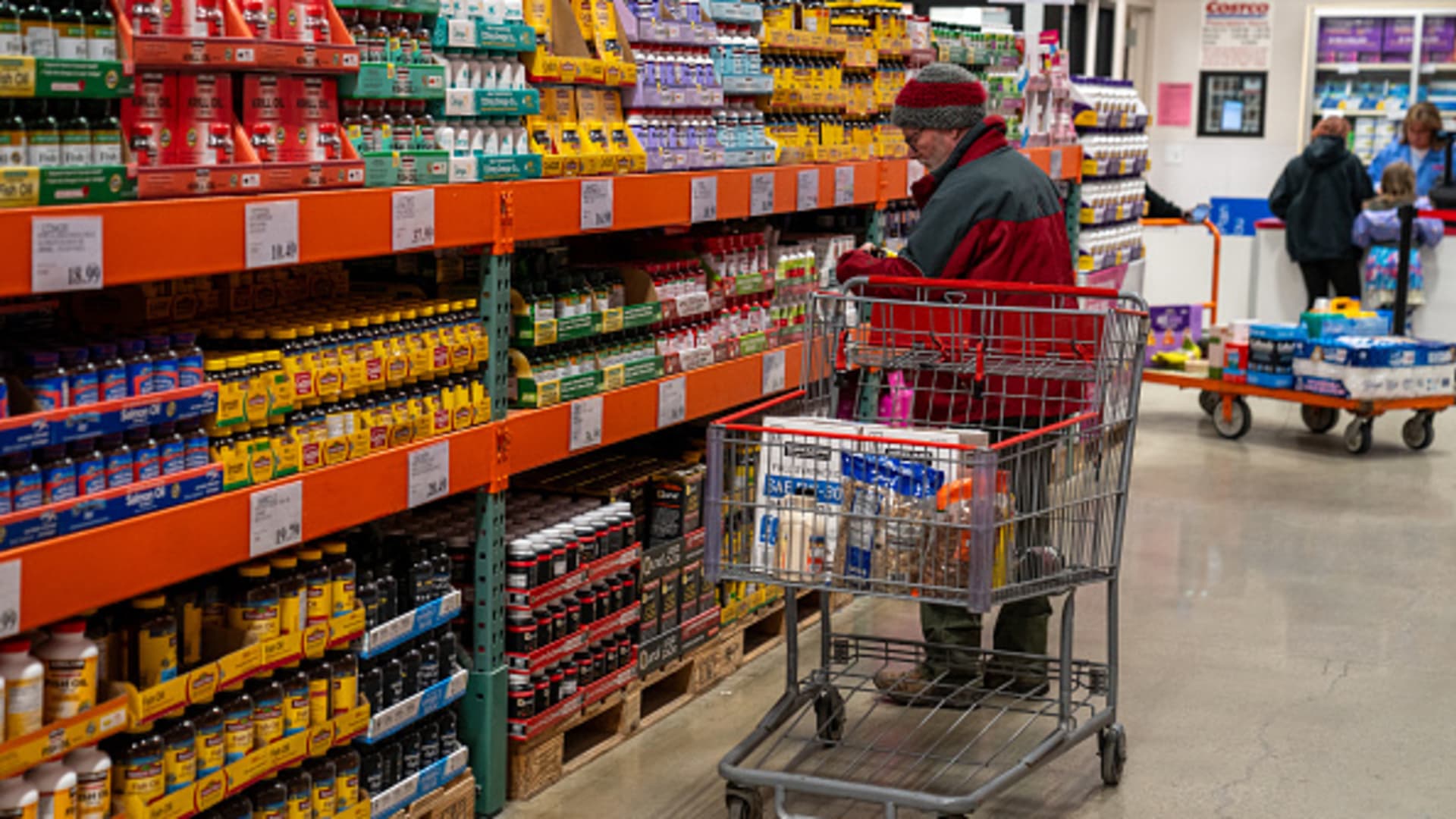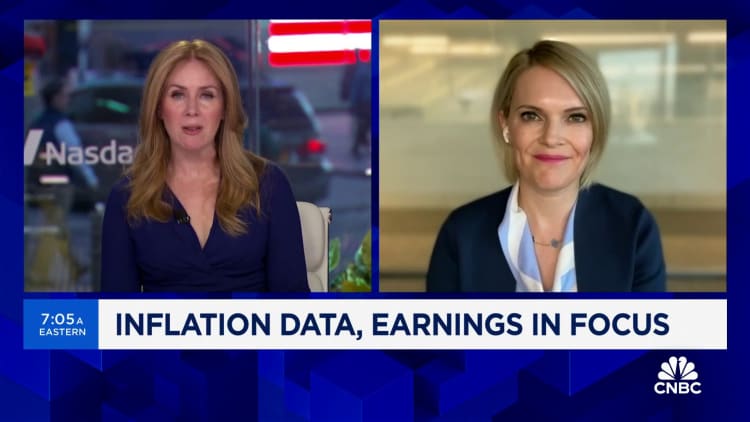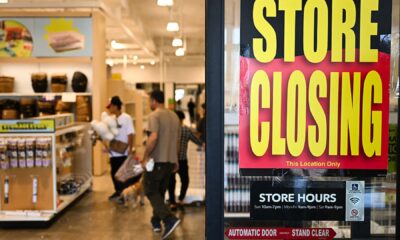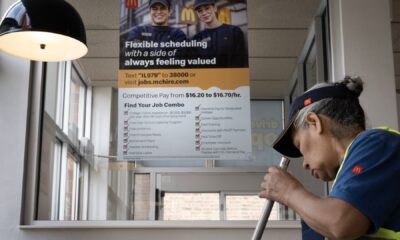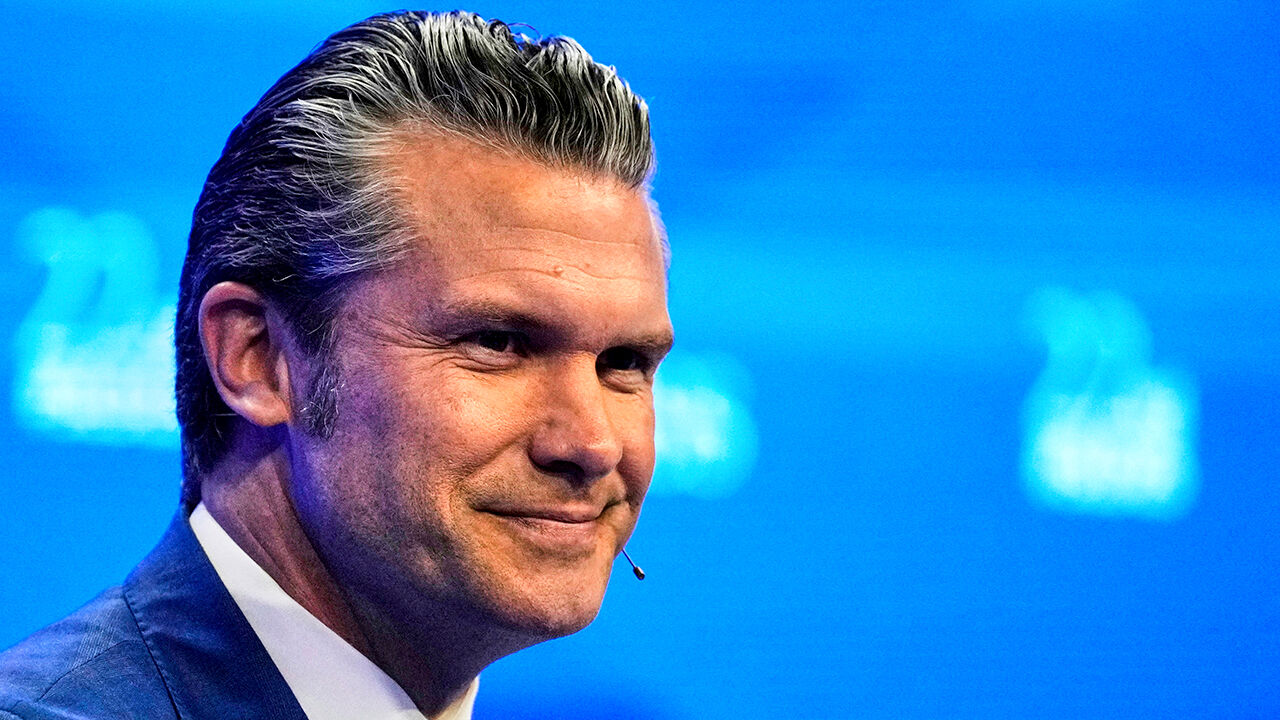Small business confidence hit its lowest level in more than 11 years for March as proprietors worried that inflation is still very much a problem.
At a time when other data points show inflation receding, the National Federation of Independent Business reported Tuesday that its survey showed a reading of 88.5, down nearly a point from February to the lowest since December 2012.
A quarter of all respondents reported that rising costs were the biggest problem.
“Small business optimism has reached the lowest level since 2012 as owners continue to manage numerous economic headwinds,” NFIB Chief Economist Bill Dunkelberg said. “Inflation has once again been reported as the top business problem on Main Street and the labor market has only eased slightly.”
A quarter of all respondents cited inflation, and in particular higher input and labor costs, as their most pressing issue. A net 28% reported raising average selling prices for the month, according to seasonally adjusted data.
As part of those escalating costs, a net 38% said they raised compensation, up 3 percentage points from the February reading that was the lowest since May 2021. The Labor Department on Friday reported that average hourly earnings rose 0.3% in March and 4.1% from a year ago.
The survey comes with other indicators showing that inflation, while not eradicated, is at least receding.
A Commerce Department measure of personal consumption expenditures prices put the annual inflation rate at 2.5% in February. The measure, which the Federal Reserve uses as its main inflation gauge, showed a 2.8% level when excluding food and energy, which policymakers prefer as a better sign of longer-run trends.
The consumer price index, a more widely watched figure by the public, will be released Wednesday and is expected to show a 3.4% headline rate and 3.7% on core. Fed policymakers target 2% annual inflation.
Inflation expectations have been fairly well-anchored in recent months. A New York Fed survey on Monday showed respondents for March expected a 3% rate over the next year, unchanged from February. The three-year outlook rose slightly but the five-year expectation decreased.
However, the survey did show a big jump in the expectations for rent increases — by 8.7% over the next year, a 2.6 percentage point surge from February. Declining shelter inflation is at the core of the Fed’s thesis that inflation will continue to ebb toward the central bank’s 2% target, allowing for interest rate cuts later in the year.
Fed survey respondents also said they expect prices to rise substantially for most other major components. They see gas prices up 4.5% in the next year and food up 5.1%, both 0.2 percentage point higher than the February survey.

 Economics1 week ago
Economics1 week ago
 Accounting1 week ago
Accounting1 week ago
 Blog Post5 days ago
Blog Post5 days ago
 Economics1 week ago
Economics1 week ago
 Personal Finance1 week ago
Personal Finance1 week ago
 Economics6 days ago
Economics6 days ago
 Personal Finance1 week ago
Personal Finance1 week ago
 Finance1 week ago
Finance1 week ago
